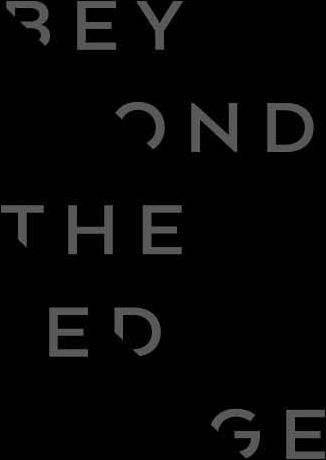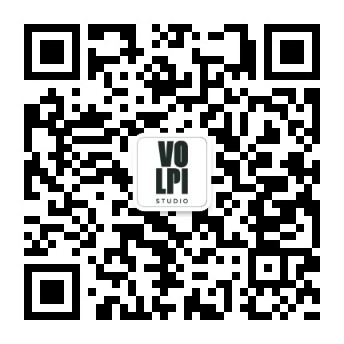It is still scarcely known that Li-Fi technology has all the potential to start a revolution in the wireless transmission of information. In the near future, it may even occur that such technology replaces the current Wi-Fi. This is why our Innovation Hub, Quarry Up, and the Lifi-Lab Srl company is studying its characteristics, capabilities and methods of use.

What is Li-Fi?
To be even more specific, Li-Fi (the acronym obtained from the fusion of Light and Wi-Fi) is a high-speed wireless data transmission technology that, unlike the Wi-Fi, uses LED light as a transmission medium.
The data is recorded by the device which converts it to the Li-Fi signal via the electromagnetic spectrum of light. This signal is sent to the LED bulbs, which in turn transmit to electronic devices equipped with signal decoding chips.
The first to study the possibility of exploiting the frequencies belonging to the light spectrum was Professor Harald Haas of the University of Edinburgh. During a conference held at TED Global in 2011, he spoke of Li-Fi as a Wi-Fi optical correspondent.
Today, however, many are looking at this innovative technology, which offers many advantages.
New Li-Fi applications
We have expanded on the characteristics of Li-Fi with Walter Bernasconi of the Lifi-Lab, a consulting company specialized in new technologies, which together with Studio Volpi is studying its potential and its application in new sectors such as car safety, medical and sustainability.
«Li-Fi is a completely green technology that does not produce any electromagnetic interference», explains Walter Bernasconi. «This translates into a communicative mode that does not cause any damage to health and is easily used in challenging situations. It may also be used in airports or hospitals, where generally the use of devices that connect to Wi-Fi is prohibited as data transmission causes electromagnetic interference that prevents the proper functioning of other technologies. In addition to this, Li-Fi has an extremely high transmission capacity, much higher than Wi-Fi, and has the ability to communicate simultaneously with multiple devices. It sends different signals to each of them, without the need to divide the band and always ensures the same transmission capacity. It also works underwater, where light waves do not find barriers that block the signal.»
Although the current Li-Fi market is mainly 'business-related', the possibilities of application, even in the domestic environment, are potentially endless and shall soon become a reality. This is confirmed by the presentation at CES in Las Vegas, of the new-generation My-LiFi table lamp, equipped with Li-Fi, which is one of the first 'home' objects to connect with this technology.
«Li-Fi can potentially be used in any field», confirms Bernasconi. «For example, we are studying the developments in the medical field, by looking at the quality of service and life, and also projects related to the Internet of Things, and therefore to the possibility of linking this technology to industrial equipment. The goal is to develop long-distance connectivity systems that can also be used in environments where it has been difficult to do so for the most diverse reasons. Perhaps because it was difficult to make a cable or because there was a high risk of explosion - such as in chemical or oil tanker industries - where possible electromagnetic interference can be extremely damaging. Our commitment - he concludes - is to use Li-Fi in fields that other technologies cannot reach.»
The Studio Volpi Innovation Team is always at the forefront of new discoveries and is committed to studying new technologies, to develop alternative solutions and pave the way for innovative applications: even in the case of Li-Fi, the commitment is to understand market trends and the possible uses of this technology, which might soon take over Wi-Fi.
-
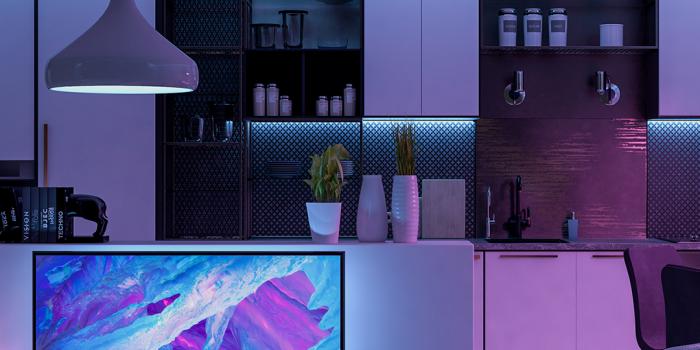
-
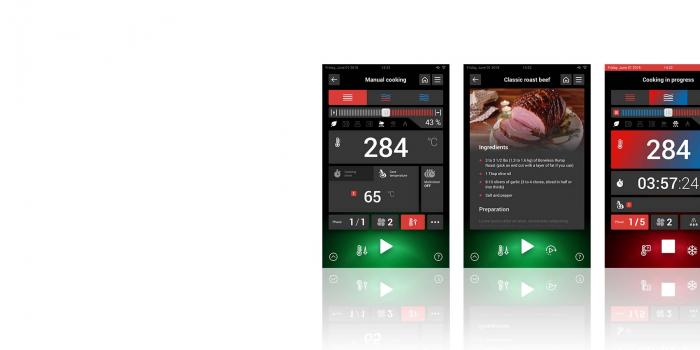
-
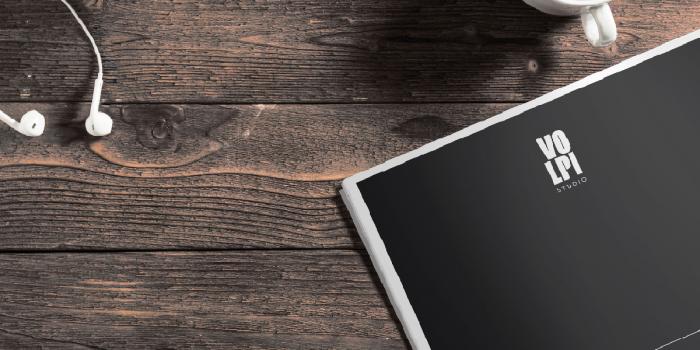
Perspectives Mar 30, 2020
KITCHEN 4.0: HOW DIGITALIZATION IS CHANGING THE RULES
Technological updating and the integration of an interconnected soul are turning modern professional kitchens into a perfect example of the 4.0 industry, where the product and its super digital powers become a tool to improve working conditions, enhance productivity, monitor the processes to achieve better results and create new business models


.jpg)


